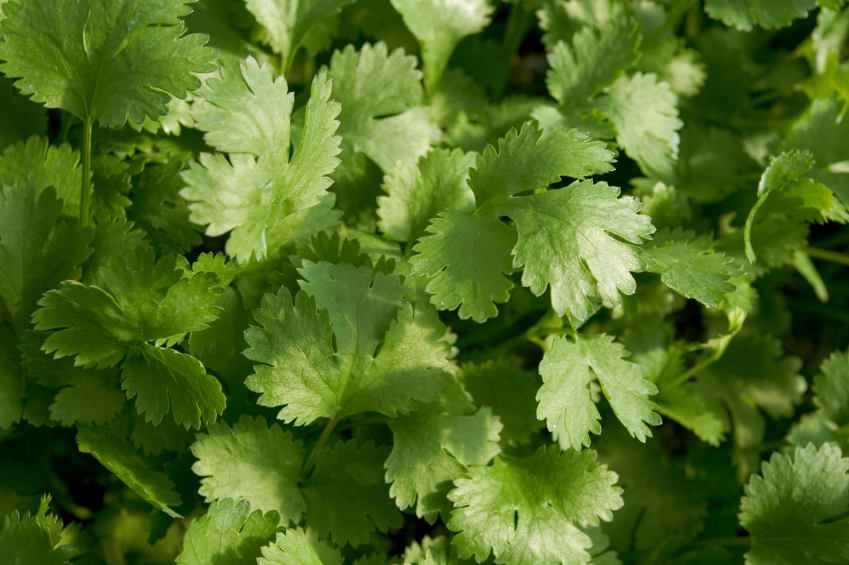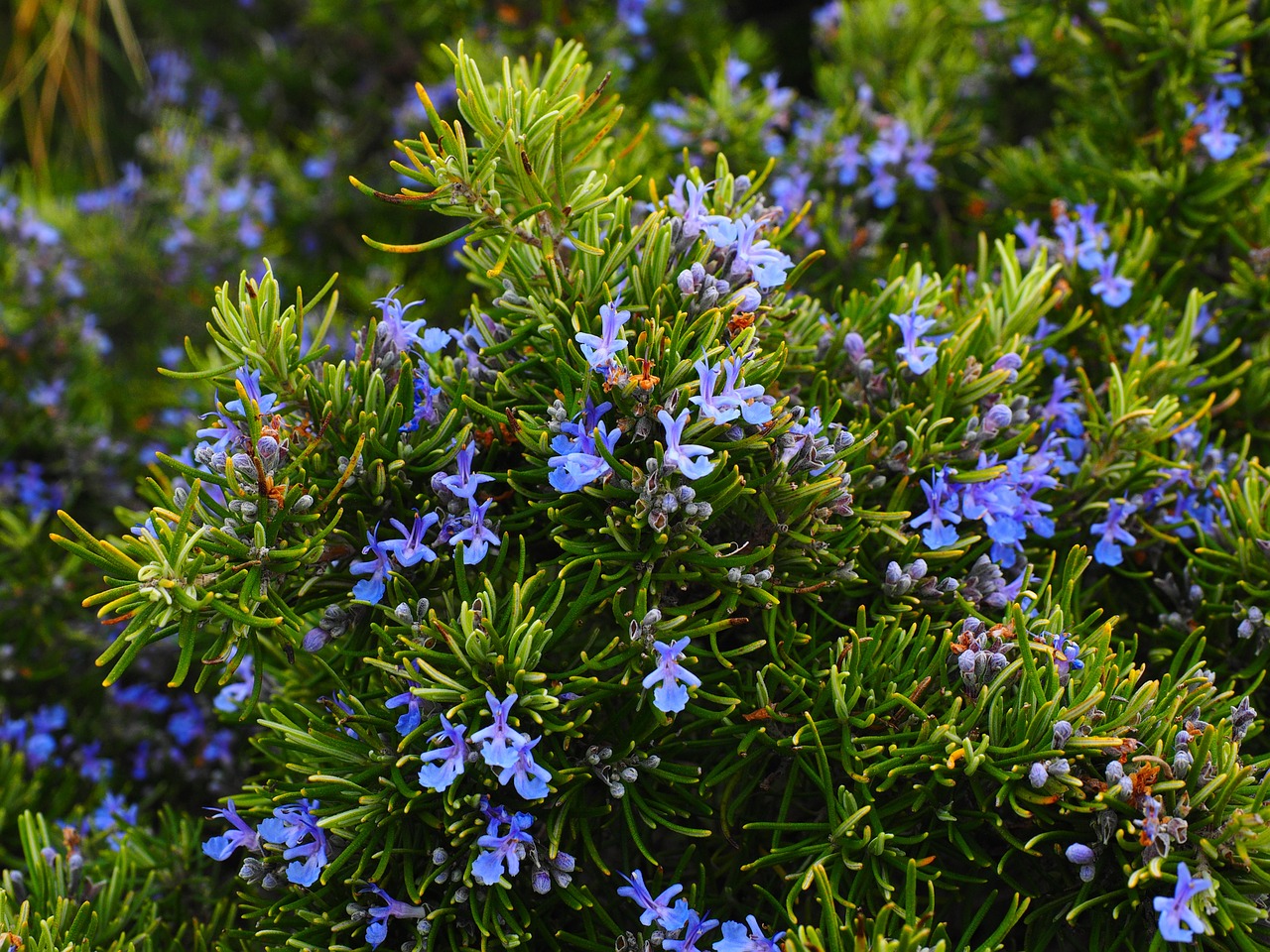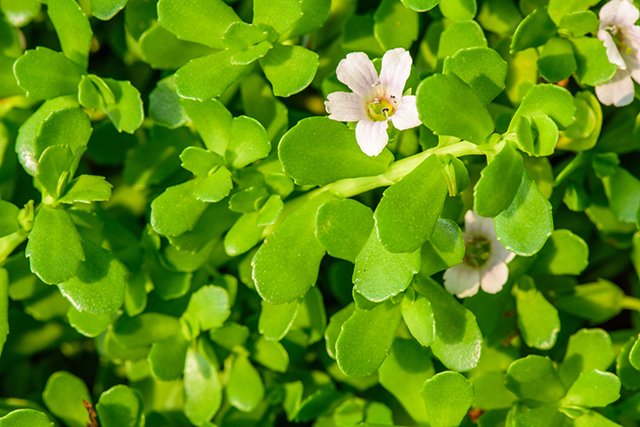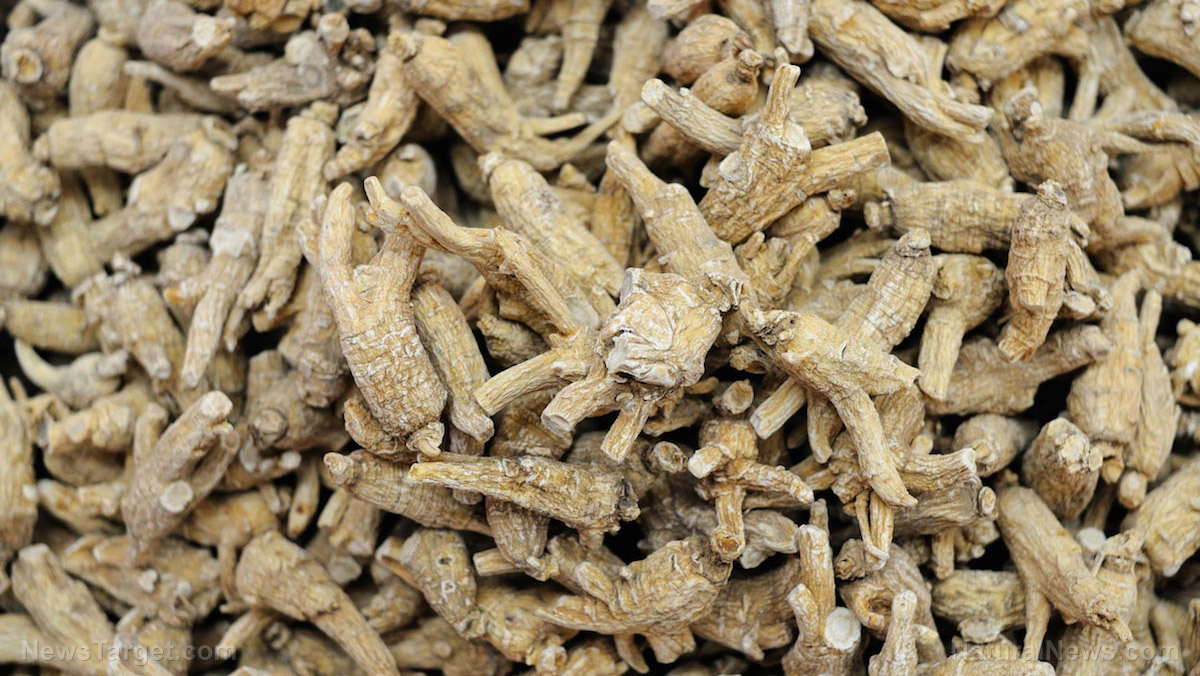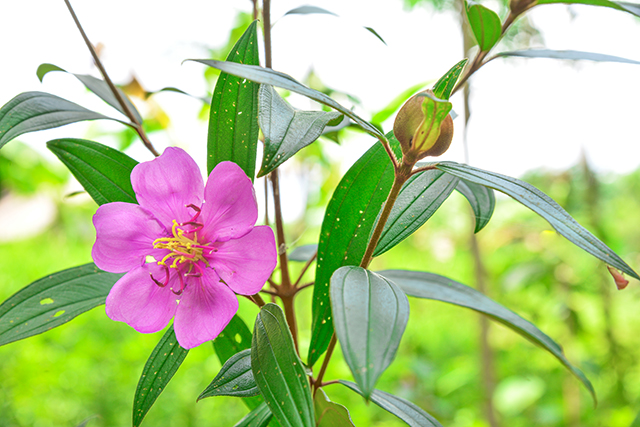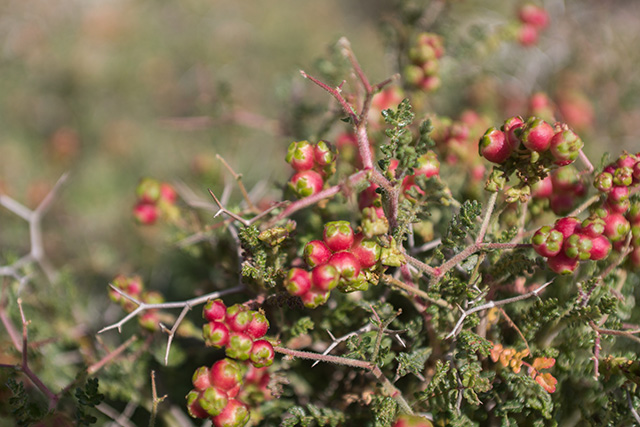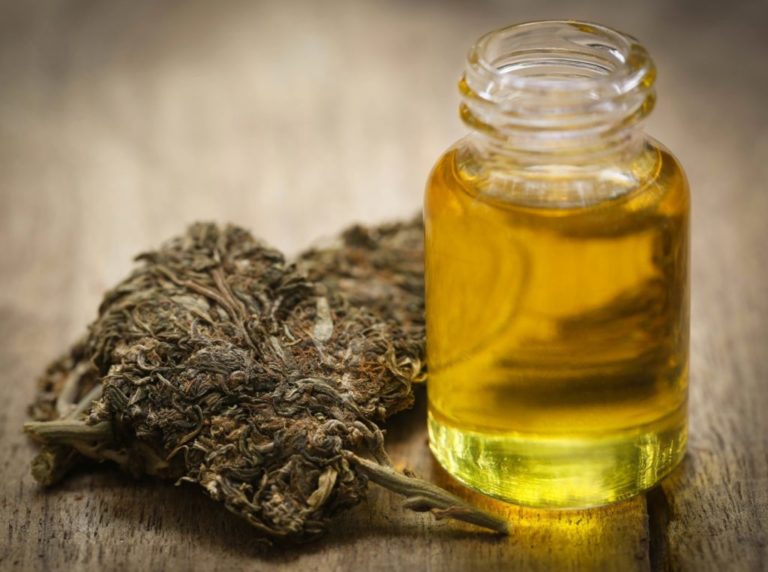As we’ve discussed before, being able to grow tasty herbs during a societal collapse situation may not seem like a big deal to most people who are currently prepping for that day. But take our word for it, once you begin eating that long-term storable food you’ve been stockpiling, it’s going to all start tasting the same at some point.
So what, right? At least you’ve got food to eat. Yeah, but being able to zest up your meals is along the same lines as ensuring you have playing cards, reading materials, and other things to occupy your down time and keep your mind active during a long-term emergency; recreational items aren’t a big deal to many preppers, but if stuff hits the fan and you don’t have them, you will definitely miss them.
Besides, in terms of growing your own herbs and spices, they don’t take up much room, they are easy to grow and are self-sustaining, with a minimum amount of work (and water, which you’ll need to conserve as best you can unless or until you find a source).
One herb that is a good choice is cilantro, which closely resembles parsley and adds quite a bit of flavor and nutrition to any meal. (RELATED: Grid Down? 6 Ways To Cook When There’s Absolutely No Electricity.)
So what, exactly, is cilantro? It’s an annual herb that is known for its feathery leaves with large, white overarching flower heads. The name cilantro itself actually refers to the fresh leaf, which is also called “Chinese parsley.” In some countries, it is known not as cilantro but as coriander, which is the name used for the seeds.
— Growing cilantro: As noted by Tropical Permaculture, growing this herb is fairly effortless:
Support our mission and protect your health: Organic Seeds of Life combines Red Raspberry Seed Power, Black Cumin Seed Power and Red Grape Seed Powder into the most potent nutrient-rich supplemental superfood powder you've ever experienced. Loaded with flavonoids, antioxidants, anthocyanins, OPCs, ALA and a vast array of vital nutrients. Learn more here.
Cilantro needs a frost free period to grow but it doesn’t like extreme heat. So in milder climates you grow cilantro during summer, in tropical climates you grow it during the cooler dry season.
Like many herbs, then, Chinese parsley needs moist, largely cool conditions in order to thrive. Good soil is a must, as well, though you can also use garden towers to grow this tasty seasoning if space is at a premium where you live.
As for how to begin growing it, many experts say don’t get cilantro from the store that is already growing and potted; you will have your best results using seed.
Experienced cilantro growers say that cilantro seeds need to only be about 1 cm deep, though it’s not like you have to actually whip out a ruler for precision. Just know that the seeds don’t have to be very deep in order to germinate and thrive. After planting, again, keep the seeds moist.
Planting cilantro in rows in your garden is easiest when it comes time for harvesting, but experts say you can also spread your seeds over a wider area and use a rake to gather up the leaves when it’s time. Much of this depends on the amount of seed you have, but remember you shouldn’t get too ambitious with seed-planting because a little cilantro goes a long way. “Healthy cilantro plants grow fairly big,” notes Tropical Permaculture; about 50 centimeters to about 2 feet in height. Because of cilantro’s robust, hearty nature, keep your seeds about five centimeters apart because they will need that much space in order to go to seed, which of course, in a long-term collapse situation is exactly what you’ll want. This will help perpetuate your herb crop. (RELATED: Off-Grid Living: Harvesting Rainwater On A Budget.)
— Germination and growth: Growers say that cilantro seeds need about two or three weeks to fully germinate. Also, if you find that the plants are coming in too thick, just “weed” them out and eat the extra plants.
The best way to harvest cilantro, experts say, is to simply pull each plant straight up out of the ground, but you’ll want to make sure to do so without damaging nearby plants. One thing to remember is that cilantro grows a “taproot” that is extremely flavorful; in fact, many Asian soup stock recipes call for adding cilantro/coriander root in the way that Europeans use parsley root for their soup stock.
— Recipes: Here’s the best part – actually adding cilantro to your recipes. Most long-term storable foods and canned goods already come seasoned, of course, but many taste alike. Cilantro, and a host of other herbs you can (and should) grow add more unique flavoring to your meals. The best part is, especially if you’ve purchased organic long-term storable foods, is that fresh-harvested cilantro won’t “pollute” those foods because it, too, is completely organic and fresh.
Some recipes to try include Carrot Chile and Cilantro Soup, Cilantro Pesto (or any cilantro/pasta dish), and cilantro-flavored chili dishes. See more recipes here.
Get more prepping tips from Bugout.news.
J.D. Heyes is a senior writer for NaturalNews.com and NewsTarget.com, as well as editor of The National Sentinel.
Sources:
TropicalPermaculture.com
GoodGopher.com

